Colonia Condesa: a neighborhood that condenses the dreams of the nineteenth-century upper class of the Mexican capital. The place is ideal for strolling through its tree-lined streets, admiring the mansions of invaluable architectural value, and visiting one of the many bars, cafes, boutiques, or galleries that have been established in the neighborhood.
Beyond the clichés that have embodied the characters inhabiting its streets, Colonia Condesa continues to be an urban enclave that invites us to discover a piece of Mexico’s history.
Colonia Condeas: beginning
Over 80 years ago, the dreams of the nineteenth-century upper class of the Mexican capital converged to establish one of the most promising colonies of the time: Condesa. The settlement took place on the grounds of the Hacienda de la Condesa de Miravalle, which prospered during the eighteenth century.
The Europeanized and avant-garde ideals that permeated the urban endeavors of the early twentieth century resulted in the layout of Condesa, with its wide tree-lined avenues, gardens, and beautiful mansions influenced by various architectural trends: functionalist, art deco, Californian colonial style, and neocolonial.
Colonia Condesa: famous people
It was precisely the modern atmosphere of the neighborhood that seduced numerous personalities who inhabited this area and infused it with their stories. Among the names that appear on the list are Alfonso Reyes, Cristina, and José Emilio Pacheco, Juan José Gurrola, Margie Bermejo, Paco Ignacio Taibo II, Claudio Obregón, Plácido Domingo, Brian Nissan, David Lach, Byron Gálvez, Dr. Ruth Lechuga, and Tina Modotti.
By the late twentieth century, Condesa experienced what many considered to be the beginning of its “plasticization”. The real estate boom and the establishment of numerous restaurants made this area the trendiest space in the city, to the detriment of the neighborhood life of the colony.
However, the new dynamics in this neighborhood have not extinguished the avant-garde personality of Condesa. Condesa invites us to wander its streets to admire several of the invaluable architectural testimonies that make it up, and also encourages us to visit one of the many bars, cafes, boutiques, or galleries that have been established in this renowned urban neighborhood.
Colonia Condesa: worth seeing
For those who decide to stroll through the tree-lined streets of Condesa, here is a list of buildings whose beauty is worth admiring:
Edificio Condesa: This building, constructed in 1911, located at Av. Mazatlán No. 5, is one of the most emblematic in the neighborhood.
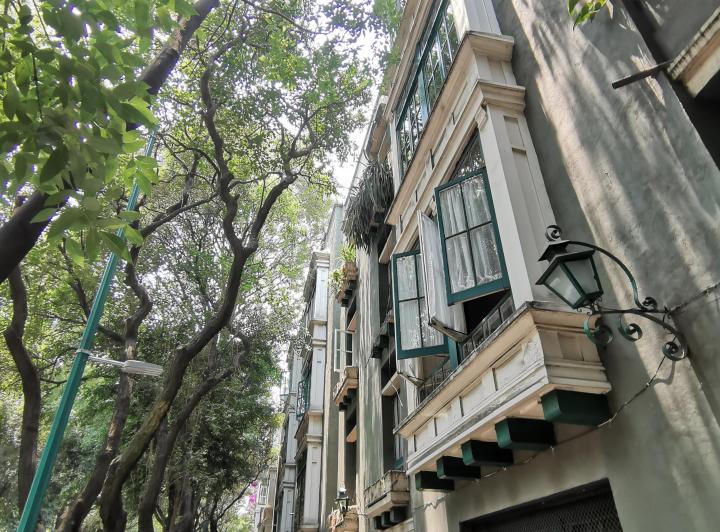
Russian Embassy: On Av. Maestro José Vasconcelos, No. 204, you will find this beautiful mansion of eclectic style, built in 1912.
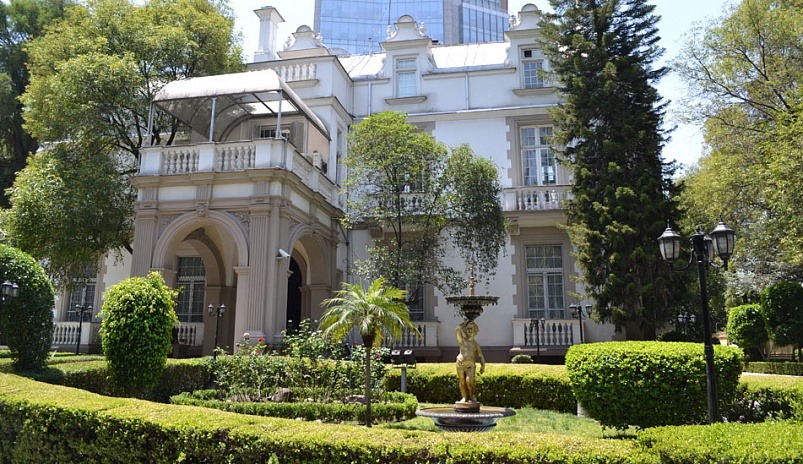
Fideicomiso Archivos Plutarco Elías Calles & Fernando Torreblanca: Facing Parque España, at No. 104 on Guadalajara Street, stands this castle-like mansion erected in 1928.
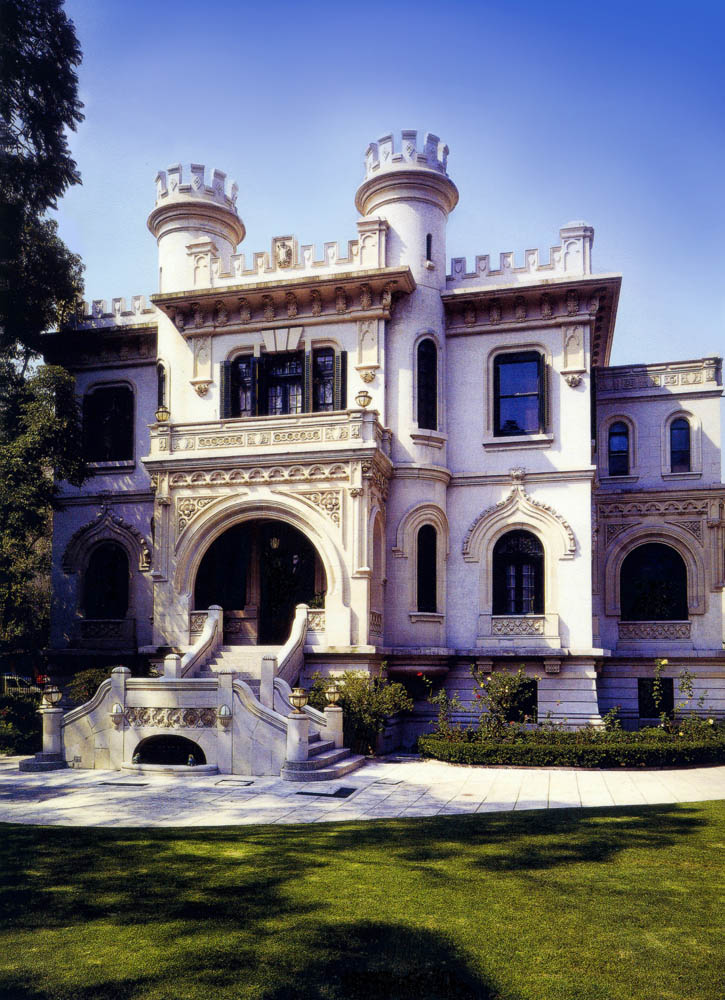
Parroquia de Santa Rosa de Lima: This construction, located at the corner of Av. Alfonso Reyes and Tamaulipas, dates back to 1943 and is renowned as the most beautiful parish in Condesa.
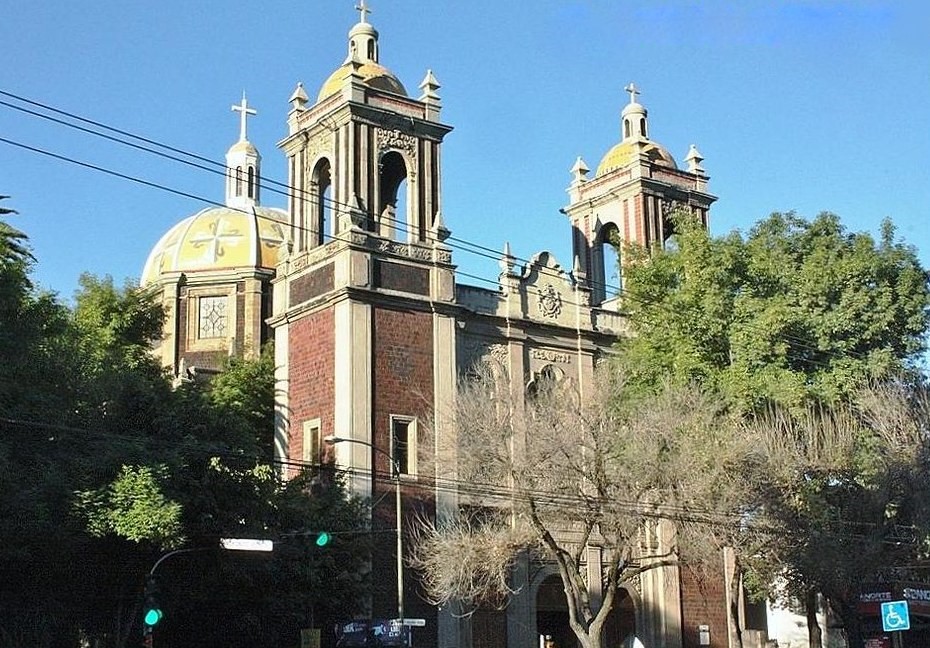
Curious facts: In 1939, Alfonso Reyes settled in Colonia Condesa and built a house as a library to safeguard his vast collection of books and organize gatherings with intellectuals of the time. Today, this place known as Capilla Alfonsina, At Benjamín Hill No. 122 has become a center for literary studies where the writer’s library is still located.
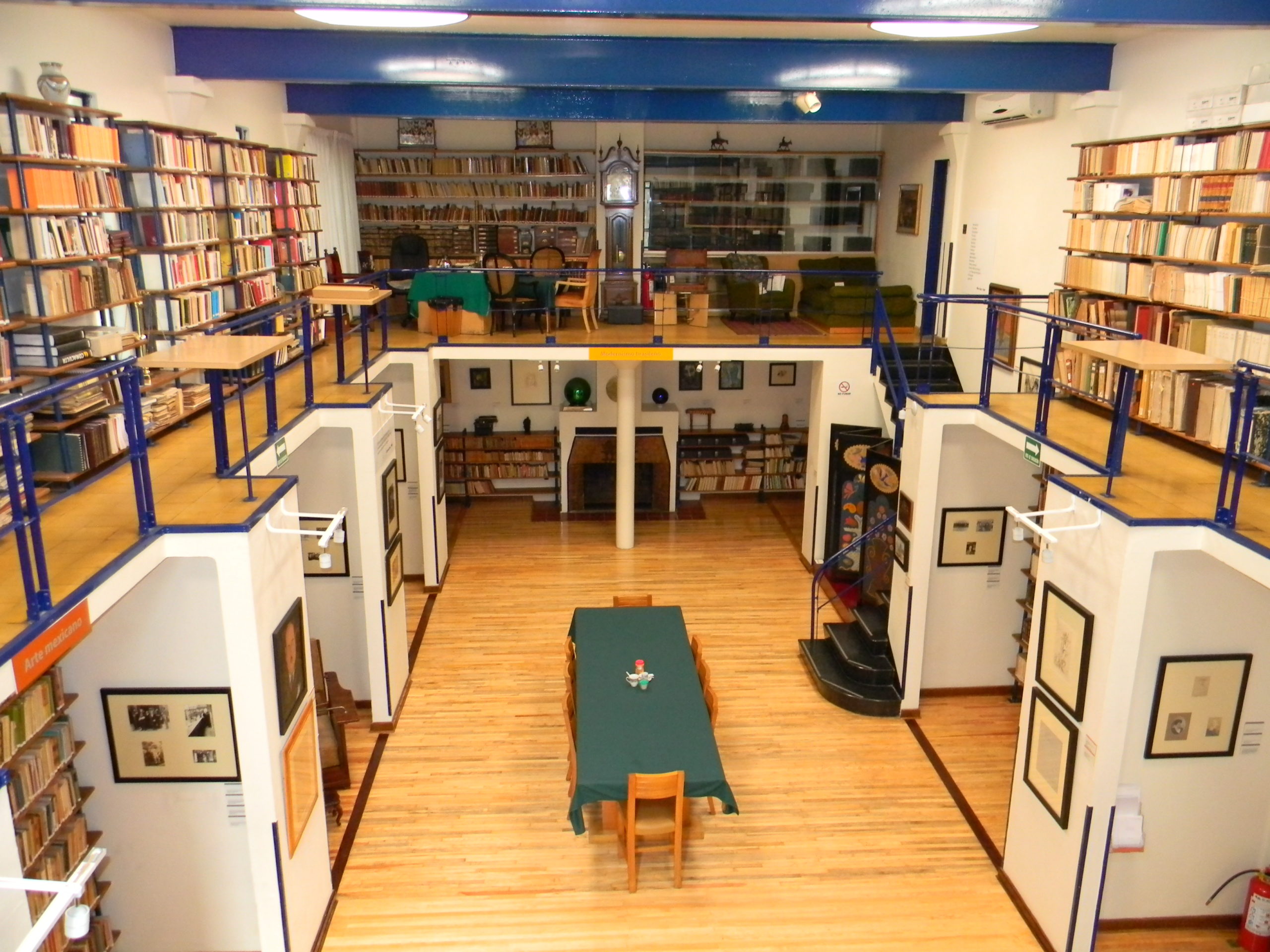
Parque España
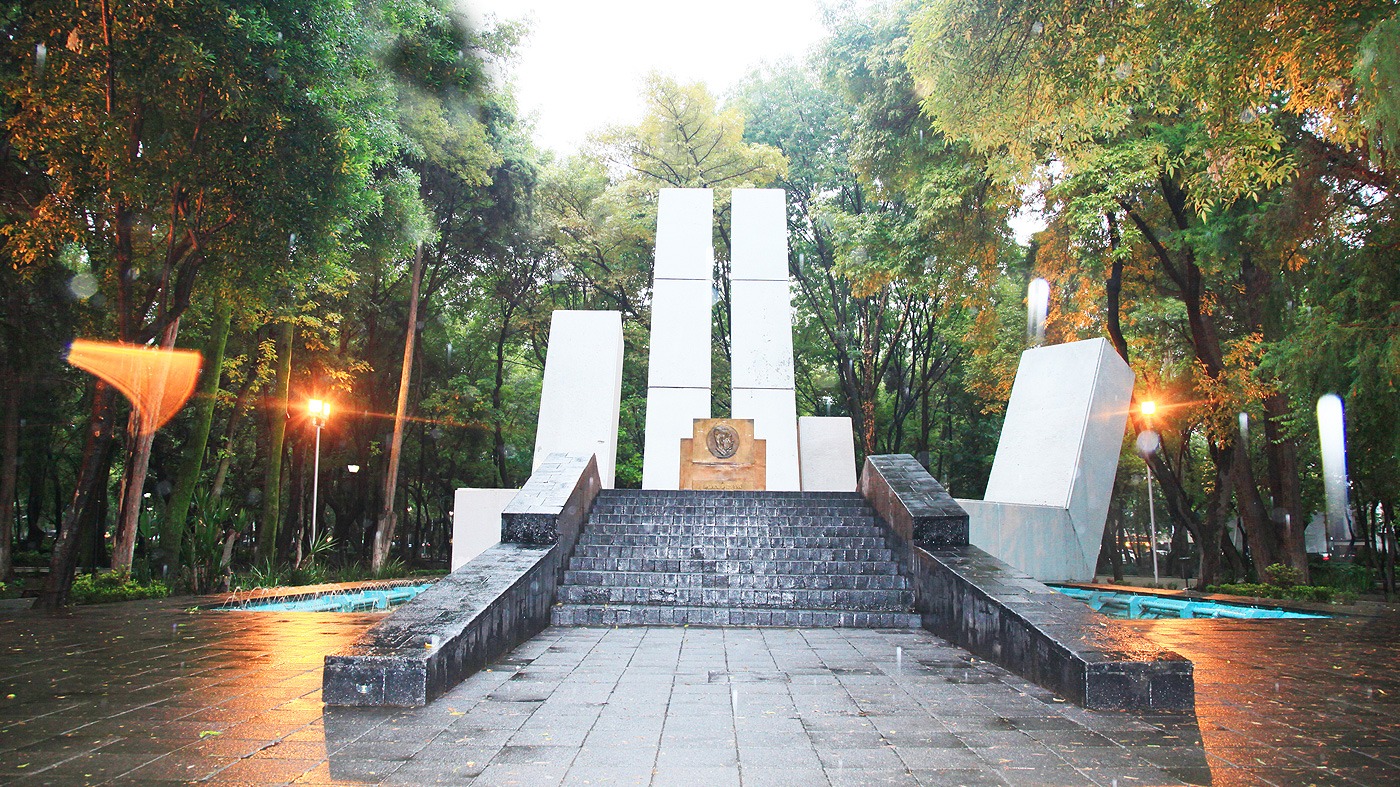
Parque México
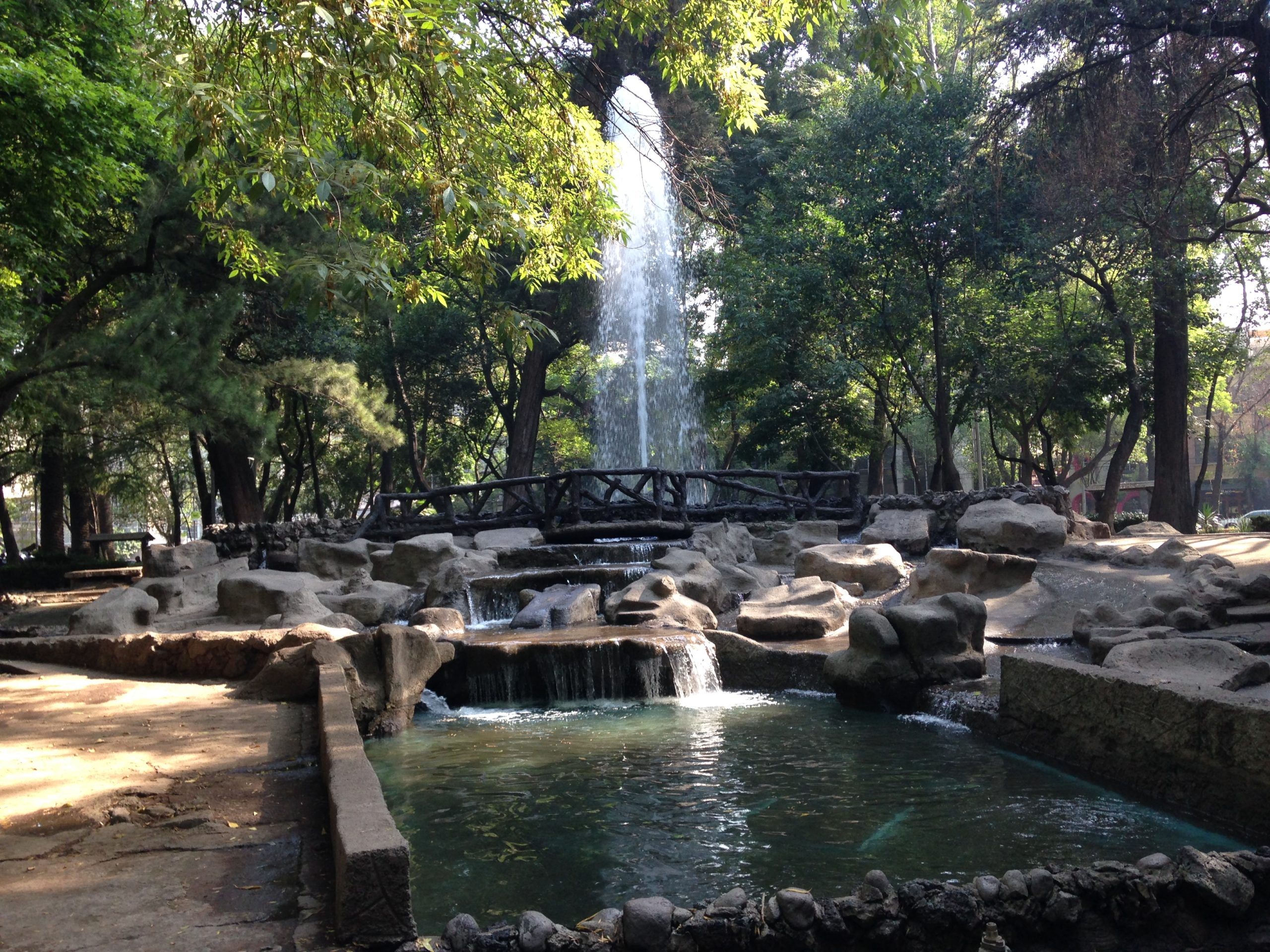
How to get to Colonia Condesa: It is located in the downtown area of the city. If you travel by car, the access roads are Avenida Insurgentes, Avenida Chapultepec, Avenida Nuevo León, Circuito Interior José Vasconcelos, Avenida Alfonso Reyes, and Paseo de la Reforma. If you prefer public transportation, the nearest metro stations are Chapultepec and Chilpancingo.
